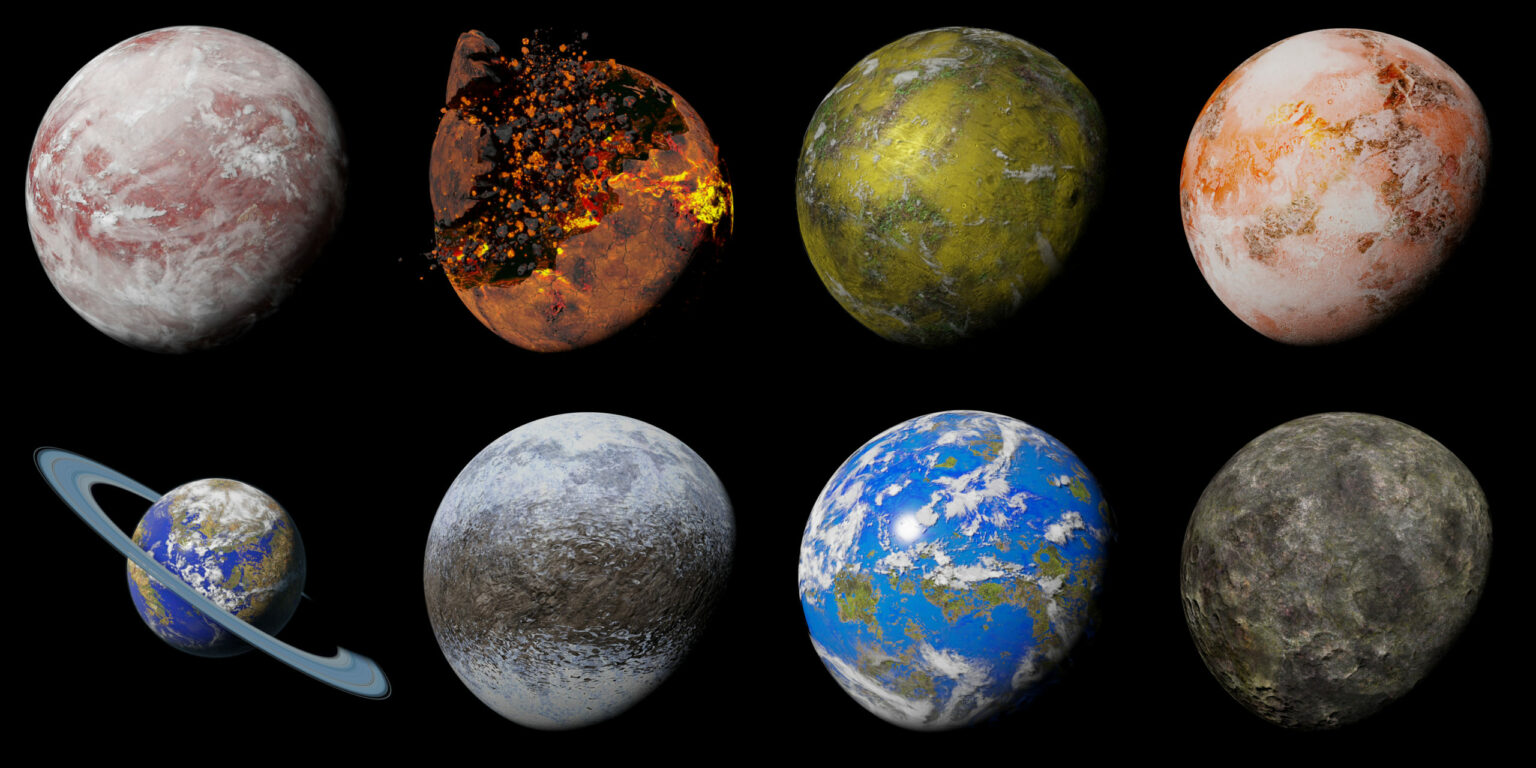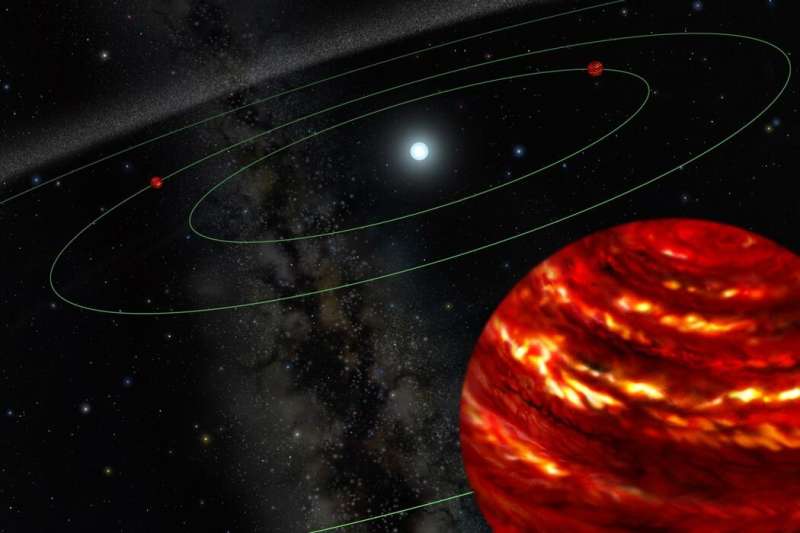The SETI Institute is starting a program of network processing of astronomical data by amateurs for the detection and confirmation of exoplanets by the transit method. Thus, the rotation period of the distant object has already been set.

Why is confirming exoplanets a difficult task?
The SETI Institute, together with its partner Unistellar, is launching a new network program for processing exoplanet observation data. Amateurs from all over the world will be able to take part in it. The main task of this project will be to confirm candidates for exoplanets.
There are several ways to detect a planet near another star. One of the most widely used now is the transit method. It consists in measuring the decrease in the brightness of a star when an object passes between it and the observer. Thus, it is possible to determine the speed of its movement and diameter.
This is how the TESS space telescope works. With its help, the existence of more than 5,100 exoplanets has been confirmed and thousands more are waiting for confirmation. And sometimes it is very difficult to make it. The planet obscures the star for only a few hours, and the period of its rotation can be measured in tens or hundreds of days. So, when to look at the dawn to see a tiny eclipse again, it is very difficult to say.
How to process telescope data?
The data array to be processed contains not only the results of TESS observations, but also information obtained from a bunch of ground-based telescopes. Its processing is quite a difficult task due to the piles of false signals coming from binary systems or transits of low-mass stars.
In order to carry out such work, it is necessary to have a lot of special knowledge. This fact was the reason why amateurs were not involved in solving such problems before. But now Unistellar Exoplanet offers everyone who wants to learn how to confirm exoplanets full-fledged training and curation.
Experience of attracting amateurs to confirm exoplanets
The new program has been implemented in test mode for some time. An eloquent confirmation of its effectiveness is the study of the planet TOI 1812.01. TOI 1812 is a multi-planetary system discovered by TESS, which is 563 light-years away from us.
It consists of three gas giants. The first of them is a very small “Neptune” with a radius of 3 terrestrial in a 5-day orbit. The second, with a radius of 5 terrestrial, rotates around the sun in 11 days. But scientists were not sure about the reality and the period of rotation of the third object (TOI 1812.01) the size of Saturn.

Previous observations provided for three possible rotation periods: 71, 87 and 112 days. To confirm which of these options is correct, a network team of 20 amateurs is involved, which is advised by professionals. For several months, they processed TOI 1812 observation data.
In the end, two short-term assumptions were never confirmed. But the prediction that the planet has a 112-day rotation period has been fully confirmed. This allowed to find out at what distance from the star it is.
TOI 1812 belongs to the spectral class K2V, that is, it is much dimmer than the Sun. So, although the third planet is closer to the star than the Earth is to the Sun, it receives half as much light from it. Therefore, it is an ideal candidate for testing the theory that giant planets form far from their luminaries and then migrate closer to them.
According to phys.org
Follow us on Twitter to get the most interesting space news in time
https://twitter.com/ust_magazine

